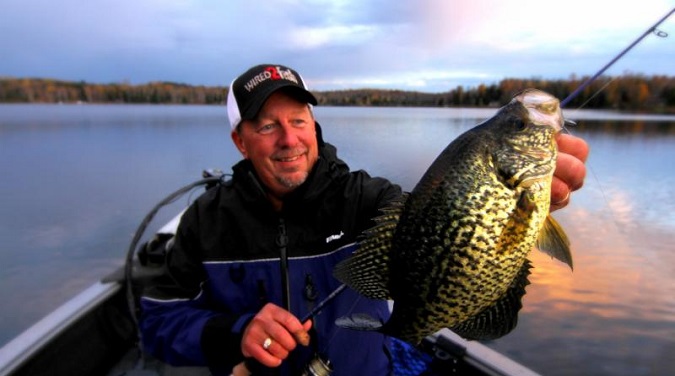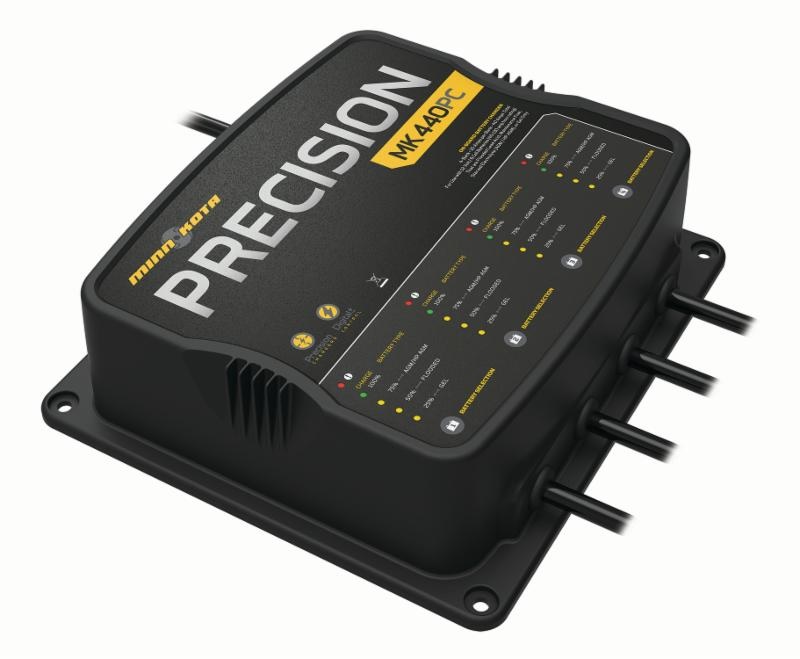Prepping your boat for its winter hibernation is one of the best things you can do to protect your investment and ensure your fishing platform is ready to hit the water next season.

When it comes to “winterizing,” as it’s called, much attention is lavished upon the fuel system and outboard, and rightfully so. But there’s definitely more to the story if you want to truly prepare your boat for the harsh realities of cold storage.
“While gas and oil are important, the electrical system is also critical to preserving your batteries and getting off to a fast, hassle-free start in the spring,” says veteran angler and diehard boat prepper Scott Glorvigen.

He should know. Based in northern Minnesota, where Mother Nature brutally dishes out some of the continent’s harshest winter conditions, the veteran guide and tournament champion takes care to nurture his fleet’s electrical systems throughout the mean season.
“A lot of folks overlook their batteries, but doing do can be a costly mistake, in terms of dollars and time on the water,” he says.
Neglected batteries can lose their firepower, suffer damage and even freeze up in bitter cold. In fact, run-down batteries can freeze at warmer temperatures than properly maintained power plants.
For example, while an absorbed glass matte battery might survive a blast of 50-below air temperatures when fully charged to about 12.6 to 12.8 volts, its ability to shrug off the cold declines when not fully charged. Standard flooded batteries are even more at risk when run down, because their sulfuric acid and distilled water won’t mix properly, allowing the water to freeze.
This can weaken or even totally destroy the battery’s ability to hold a charge and reliably dispense power, especially if the case cracks-leading to major replacement costs.
“Prevention is the best medicine,” says Glorvigen.
One option is removing the battery, moving it to a heated location such as a shop or basement, and maintaining it with a portable marine battery charger like the Minn Kota MK 210P, which offers two 5-amp banks for 10 amps of total charging power.
In maintenance mode, the charger’s voltage is reduced once the battery reaches full charge. After 12 hours on duty, it automatically turns off, only stirring when the battery’s power dips below 12.6 volts.
“With either portable or boat-mounted setups, the charger keeps the battery full of life during the winter,” he adds. “Considering everything the battery will be asked to do next spring, from spinning the starter to running your trolling motor, electronics, bilge pump and more, it’s the least you can do.”
Glorvigen also offers handy tips on surefire charging.
“If you’re using an extension cord, make sure its plug’s pins match those on the charger,” he says. “Also choose a cord with a rugged jacket to guard against moisture, oil and chemicals. And don’t lay the cord anywhere you might drive over it, which could damage the wiring. Finally, above all, make sure the cord is rated for the charger’s energy requirements.”
Power draws differ by device. For example, a household lamp might require just .5 amps, while an air compressor or shop vac may need 15 to 20 amps.
Thankfully, Minn Kota simplifies the cord-selection process by recommending specific American Wire Gauge (AWG) ratings for cords used with each of its chargers.
“From there, it’s a simple matter of choosing the right charge setting for your battery and letting the charger do its job,” he says, noting that while you’re tending to the battery, it’s a great idea to clean off the terminal connections with a wire brush and check the fuses on the charger.
While these precautions do add extra steps to the winterizing process, Glorvigen assures us that such simple and inexpensive maintenance goes a long way toward ensuring that you’ll enjoy worry-free boating next spring, without wasting time and money replacing neglected batteries.

